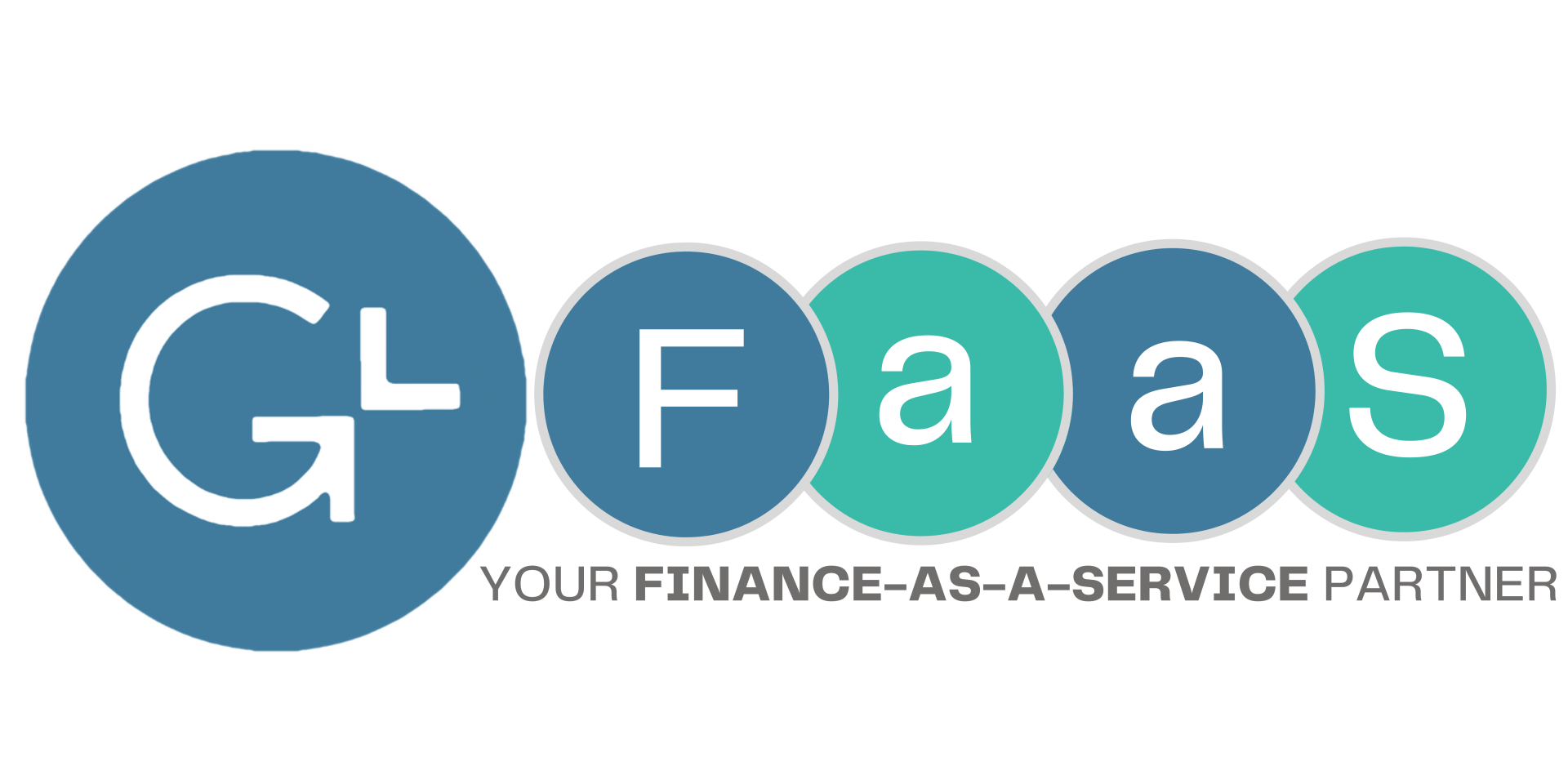Strategic Planning & Execution with Your PPP Loan (Part 1 of 3)
Strategic Cash Flow Planning & Execution with Your PPP Loan
This is the first in GrowthLab’s series. Subsequent to initial publication, we explored, “Cash Flow Planning & Your PPP Loan,” and “Tracking & Documenting your PPP Loan Forgiveness.”
How to Strategically Use Your PPP Loan
You got the PPP loan. Congratulations. Now what?
You’re probably breathing a sigh of relief. But don’t relax too much — the process has just begun.
If you want that loan to be forgiven (essentially making it a grant), you’ve got to spend the money on the right things at the right time. If you don’t, best case is you’ll have to pay some or all of it back with interest. Worst case is you’ll face potential criminal penalties. How you use those PPP funds and the records you keep can make a huge difference to your bottom line. (And, to raise the stakes even more, we’ll hit on not spending in a black box…you need to ensure you are driving business value, not just employment numbers.)
First, let’s agree that this is not free money. Let’s face the truth…more likely than not, your loan will not be 100% forgiven. Coming out of this, you will be increasing your debt load. But, that is OK as long as you spend the money on the right things (per SBA guidance), at the right time (the 8-week period), to achieve the right outcomes (your strategic planning objectives).
You are not alone. We have tools to help you think and succeed. Our number one objective is to ensure that the day the PPP loan money runs out and you need to start repaying the debt, you feel and see the business value that the PPP loan has provided. Let’s face it, if you don’t make the right moves, you will be facing your own “Small Business Black Monday” — the day you wake up realizing you’ve spent all the PPP loan money on unproductive employee hours and have no business value to show for it and, worse yet, more debt.
We want to help ensure that you avoid your own “Black Monday.” We want to make sure that you maximize your likelihood of surviving — not just 8 weeks — but 6 months! Thus, GrowthLab is laying out a 3-part series of articles on Strategic Planning & Execution with Your PPP Loan. In the three part series, we will cover:
- How to use Strategic planning on Your PPP Loan
- Cash Flow Planning & Your PPP Loan
- Tracking & Documenting Your PPP Loan Forgiveness
First and foremost, you need to ensure that the money is spent strategically to drive business value (not just employment) — that’s what we focus on in this article. Secondly, you need to plan cash; optimize where and when you spend the money to ensure that you can get an optimal forgiveness amount balanced with optimal value for your business. Lastly, you need to keep track of the PPP money to document your forgiveness which is what we’ll focus on here.
Let’s look at this as 10 ways you can protect & grow your business with the PPP Loan:
- Double down on your top performers — This is an employer’s market. If you are downsizing, start with your underperforming team members and focus on your high potential employees.
- Accelerate growth plans — Hire that key person or hire for that key role you’ve been thinking about for a while. Now is a good time.
- Double down on marketing — In this market, nobody is going to buy new services or products; but that does not mean that you cut your marketing budget. Use your marketing time and dollars to focus on informing and educating the market — think webinars, office hours, and other one-to-many communications. Then leverage that content across channels.
- Double down on sales — As many companies shut their doors and may never come back online, now is a great time to identify key sales people, locally and nationally. Make the compensation sales-performance heavy (pay for performance)
- Focus on continuous & operational improvement initiatives— Here’s the opportunity to put people to work even without sales. They can spend their time to support improvement initiatives such as organizing the office or warehouse, cleaning up the facilities, focusing on much-needed maintenance, or painting the front steps!
- Think about business continuity planning — This may feel too little, too late and somewhat hindsight. However, if you are going to hire employees back and you don’t have the revenue to support them, there is no better time than the present to think about business continuity and disaster planning. This is a big part of your strategic planning.
- Bolster your product development — Have employees call customers to gather the “voice of the customer” and “voice of the market” to improve your products and service. Now is a great time to re-think what you do and how you do it.
- Review and improve your HR systems — Let’s face it, sometimes the most important employee-facing systems get ignored. This is a great time to focus on improving your employee experience.
- Review & clean up accounting systems & processes — Many small businesses are realizing that COVID-19-induced shutdowns have created a vacuum in our financial information systems. Many are still using premise-based systems and have a huge opportunity to move their financial systems to more scalable, cloud-based systems that don’t miss a beat — and can be accessed from anywhere.
- Pursue new opportunities — New opportunities are all around us and more will become obvious in the upcoming months. Whether that is geographic expansion due to a competitor going under or an acquihire of that key person / team that is now willing to consider it, or a full-on acquisition of a company that needs some additional capital and management. Operating cash flow is tight, but there is plenty of capital for the right strategic growth initiatives. Consider allocating some of your people’s time to vetting opportunities.
You can’t pursue all ten of these within eight weeks, but you can choose two which resonate with your business. These two areas of focus are the places where you should re-allocate people’s time (aka, payroll dollars = forgiveness) from unproductive to productive work. If you still have employees driving revenue, don’t change their course. But for the people whose responsibilities are not able to drive direct value to the business, those are the people you try to re-allocate to your two chosen initiatives during the 8-week period. Make their time an investment in your business so that you can optimize the forgiveness component of your PPP Loan.
Check out More of our Recent Content!

GrowthLab is your Finance-as-a-Service partner
that serves Founders and Management Teams with



